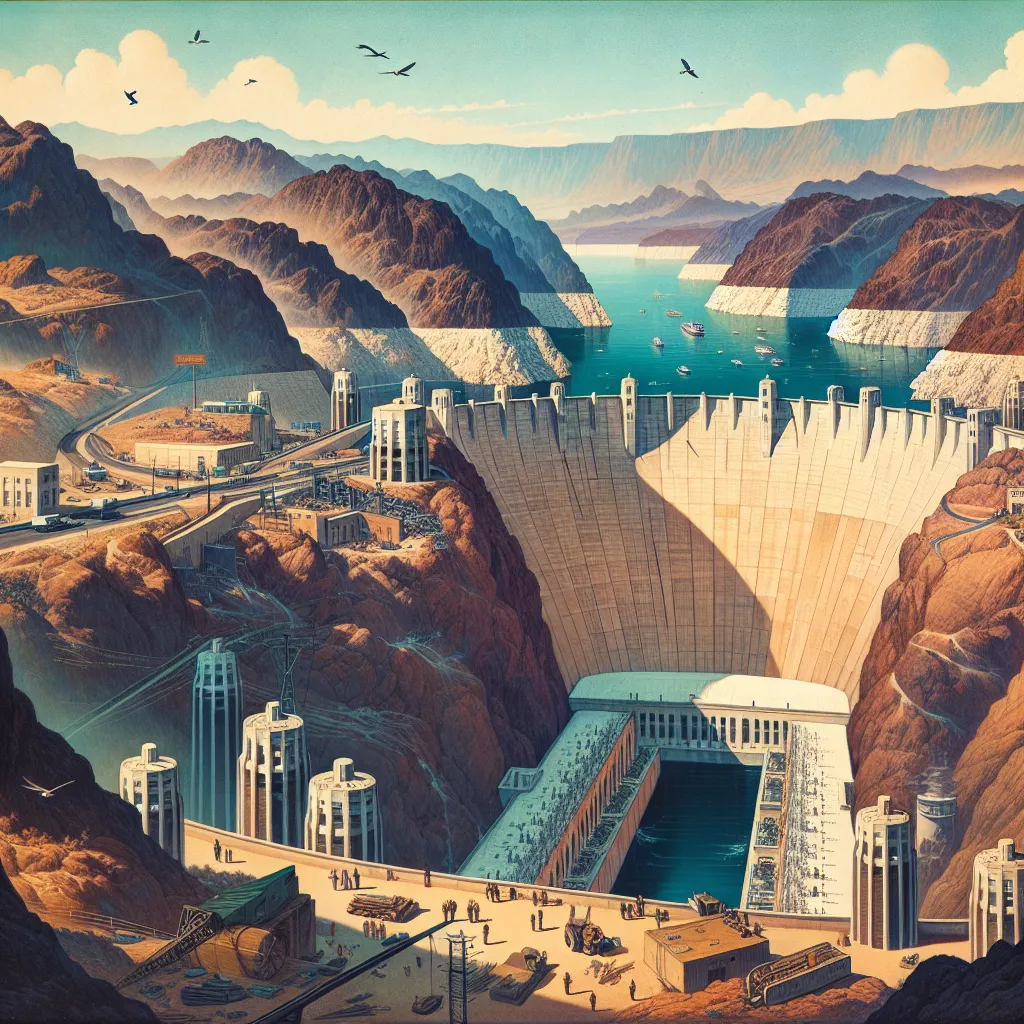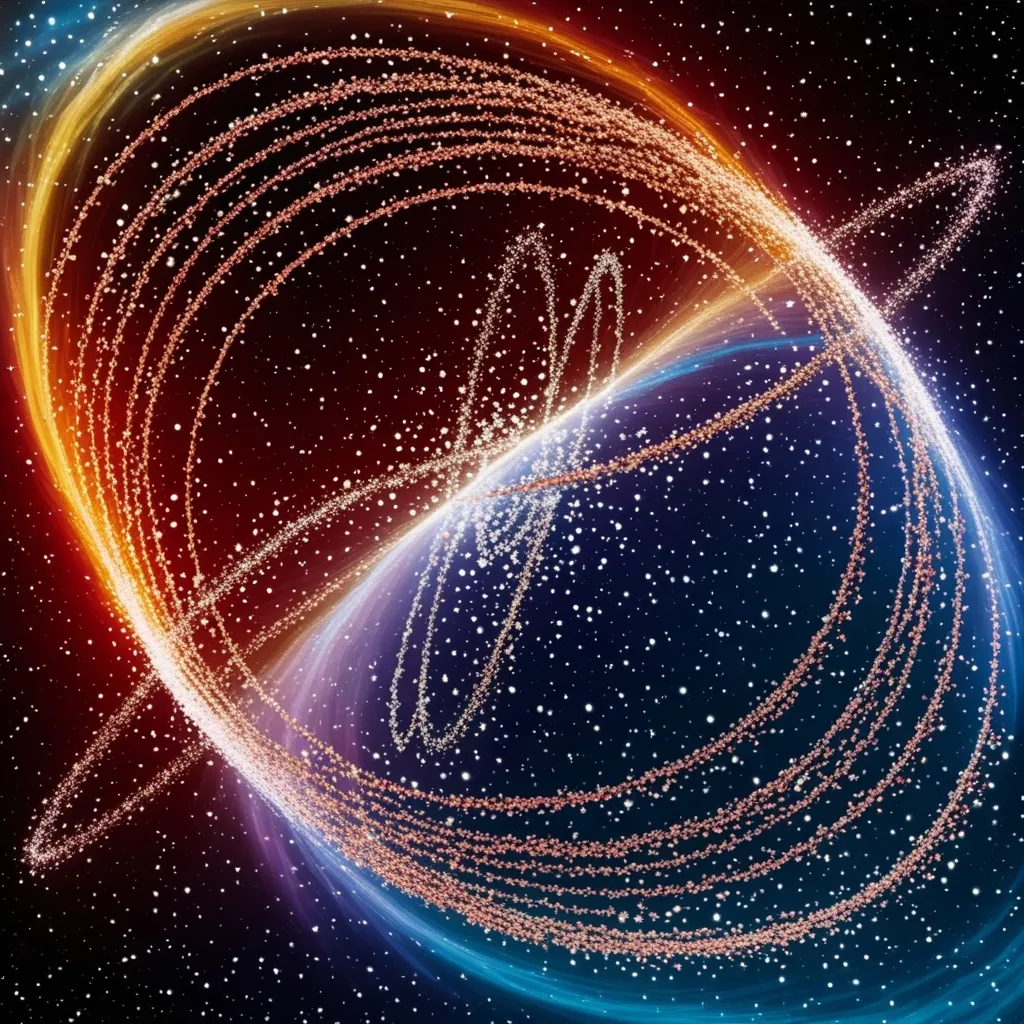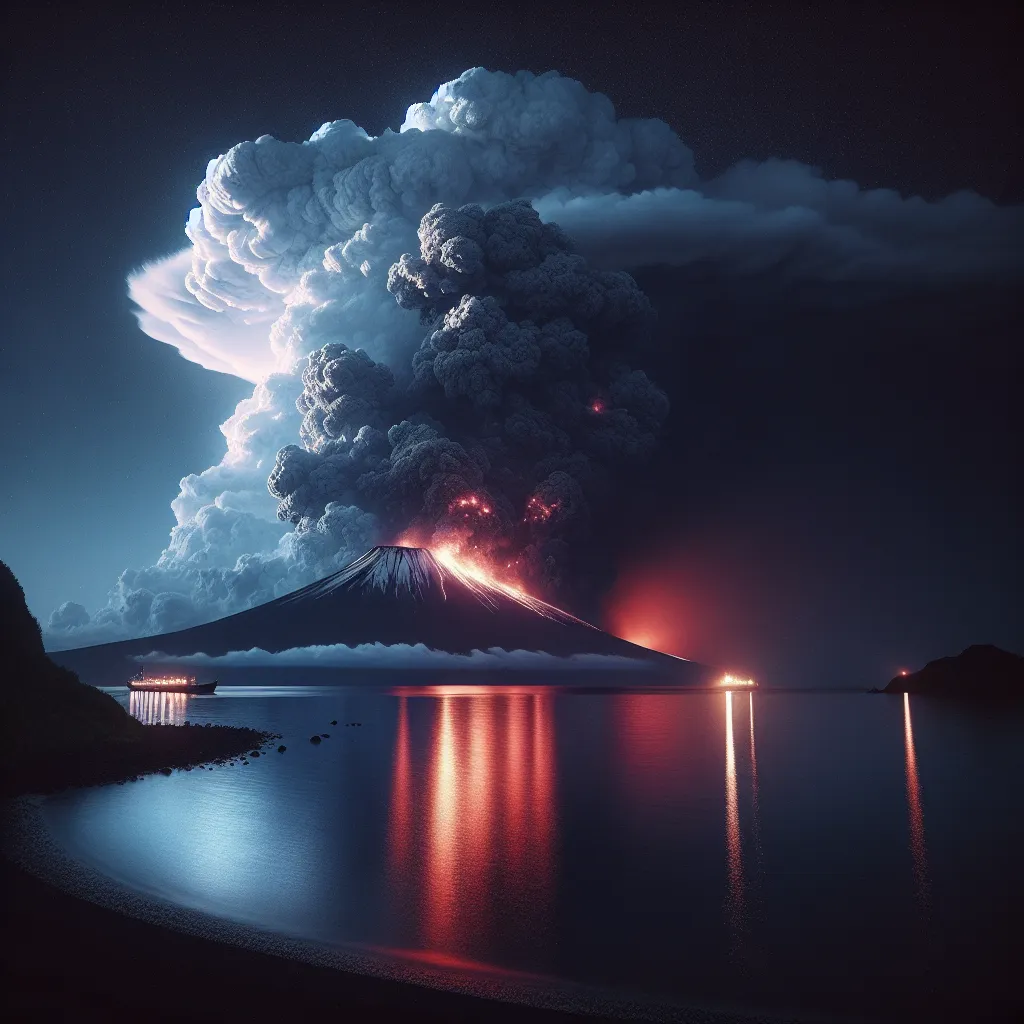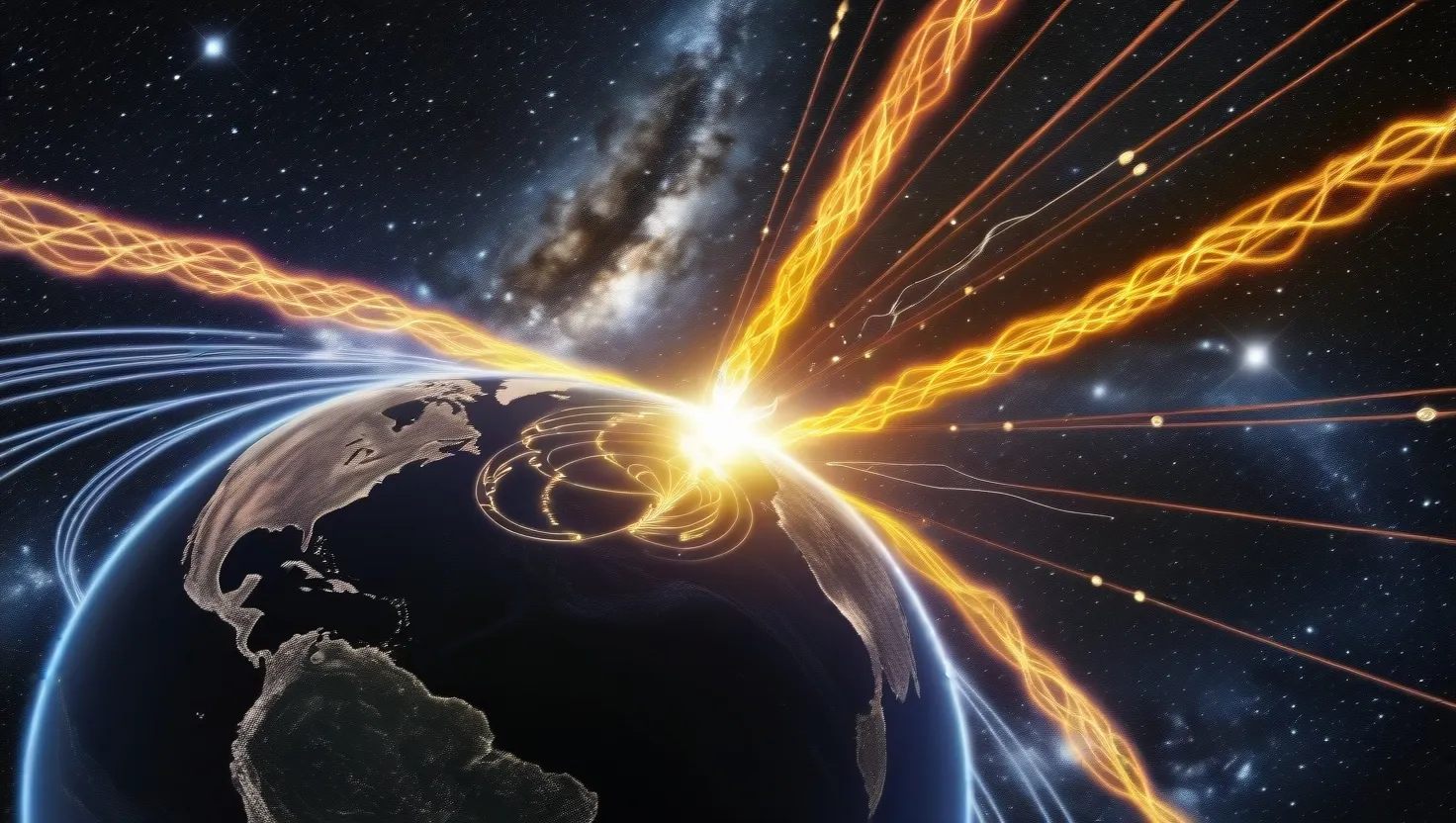Building the Hoover Dam was nothing short of extraordinary. Imagine constructing a colossal mass of concrete in the middle of an unforgiving desert. Many believed it couldn’t be done, and in the process of proving them wrong, many lives were lost. But the Hoover Dam stands as a testament to human persistence and courage.
Situated on the border between Nevada and Arizona, this mighty structure tamed the Colorado River, which until then had been an untamable force, carving out the Grand Canyon over eons. The Dam’s construction transformed the harsh desert into a land of opportunities, bringing water, electricity, and prosperity to the American Southwest.
The Hoover Dam is impressive not just for its size—standing 726 feet tall with a base as thick as its height—but also for its architectural beauty. Art Deco designs adorn the concrete surfaces, and Italian craftsmen added finishing touches, turning the dam into a monumental work of art.
Over the years, more than 38 million visitors have admired its grandeur. Before its construction, places like Las Vegas were mere whispers in the desert. The dam brought fame, fortune, and essential resources to Nevada and beyond. It provides 4 billion kilowatt-hours of hydroelectric power annually, enough to supply cities much larger than Las Vegas.
But its primary purpose was to control the wild Colorado River, which constantly threatened Southern California with floods and droughts. By the early 20th century, it was clear something needed to be done. And thus, in the middle of the Great Depression, the Hoover Dam project began in 1931, promising jobs for countless unemployed young men.
For many, this was a chance to survive. Lee Tilman, just 18 at the time, found work as a truck driver, earning $5 a day—a small fortune compared to having nothing. The project was grueling, especially for the high-scalers who dangled from ropes a thousand feet above the ground, chiseling the canyon walls to prepare them for the concrete.
The work was punishingly hot, with temperatures soaring to 140°F in 1931, the hottest year on record. Workers endured extreme conditions and often faced death. Yet, despite the grueling conditions, the sense of being part of something monumental was ever-present.
After two years of constant work, day and night, the project finished ahead of schedule and under budget in May 1935. The dam then took over six years to fill Lake Mead, becoming a transformative force for the region. It controlled floods, ensured a consistent water supply, and turned Southern California into America’s agricultural heartland.
The Hoover Dam may no longer be the largest in the world, but it remains a towering achievement in engineering and architecture. It’s a symbol of human determination. Ninety-six men died building it, not counting those who perished from heat exhaustion. However, the efforts of over 5,000 workers who faced heat, danger, and economic hardship have left a lasting legacy—an indomitable mark on history.






